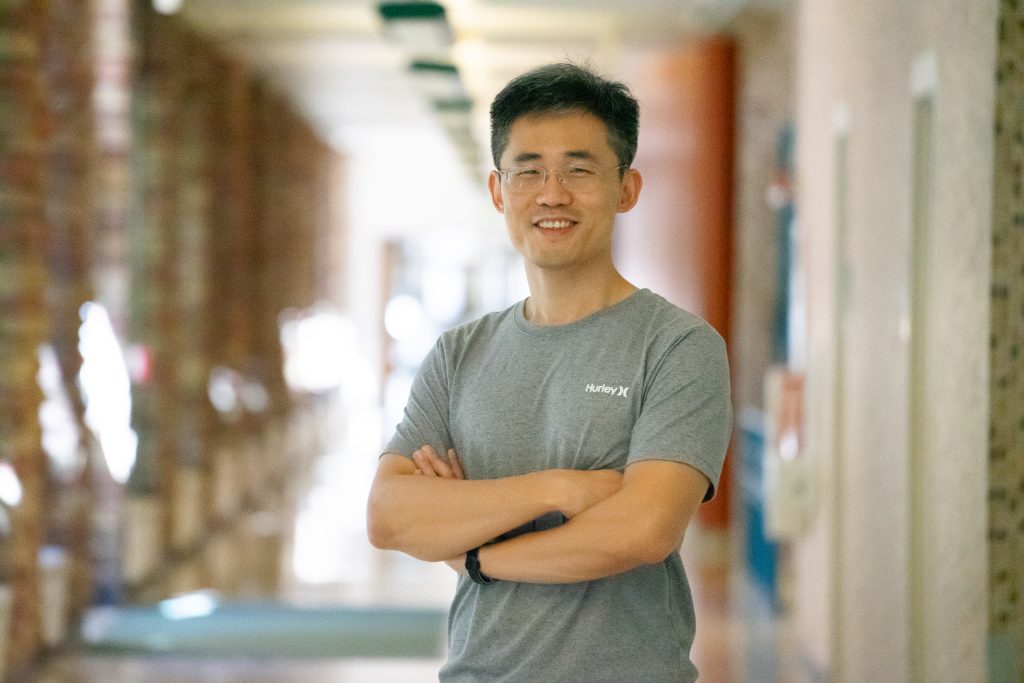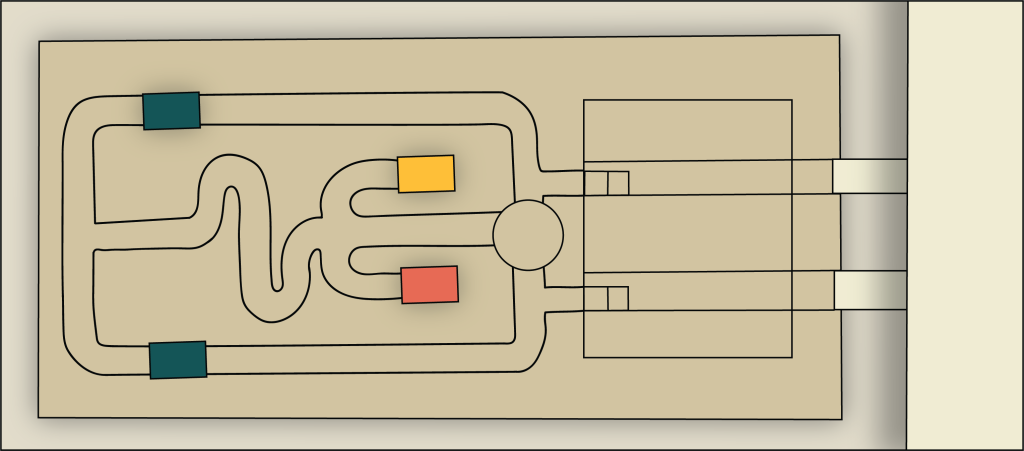Physicists propel spintronics innovations
Spintronic devices exploit the inherent charge and spin of electrons to process information and could revolutionize everything from cancer detection to quantum computing to data storage.

Hua Chen, a condensed matter theorist in the Department of Physics, studies spintronics, an emerging field in physics with significant prospective impacts on the next generation of nanoelectronics devices.
Spintronics, short for spin transport electronics, explores the intrinsic spin of electrons. Traditional electronic devices rely on the charge of electrons passing through electrical circuits to carry and process information. Spintronic devices, however, exploit the charge and the angular momentum (spin) of electrons to encode and process information.
Spintronics can increase the speed and efficiency of electronic devices, as well as reduce their power consumption and heat dissipation. These increases in efficiency, particularly in data storage technologies, could have impacts in everything from cancer detection in medical settings to electron spin resonance spectroscopy in chemistry to quantum computing.
“The field of condensed matter physics, with its vast unknowns and continuous discoveries, has always captivated me,” said Chen. “There’s a sense of wonder in understanding the intricate properties and behaviors of materials, even though our knowledge is still limited … there is a wealth of untapped knowledge waiting to be explored.”
There’s a sense
Hua Chen, assistant professor,
of wonder in understanding the intricate properties and behaviors of materials, even though our knowledge is still limited.
Department of Physics
Chen’s current research dives into even more complexities related to electron spin. In a recent paper published in Physical Review Letters, Chen and co-author Muhammad Tahir, a former postdoctoral fellow at CSU, asked if “electrons can carry more than just spin across diverse materials.”
Their research answered this question with a resounding yes, unveiling that electrons also carry a special “shape” of spin – the spin multipole moments – as they move through different materials; imagine the path a spinning top takes across a table as an example.
Just as we might push an object and manipulate its movement, Chen and his colleagues discovered they can use external forces to move the spin shape in solid materials.
“Our work propels the emergence of ‘multipole-tronics,’ a promising new phase beyond spintronics,” said Chen.
Chen has also been developing new theoretical tools and languages to describe “magnetic multipole moments,” the variable strength and arrangement of an electron’s magnetic field, which arises from the electron spin. Studying magnetic multipole moments can help scientists understand how electrons behave in different situations.
One of Chen’s latest breakthroughs focused on magnetic multipole moments in solid materials. An electron’s magnetic properties can be sensitive to the boundaries (edges or surfaces) of the material, meaning this research can be conducted with only a piece of material that has clear boundaries.
To remove this limitation, Chen’s lab constructed a solution that describes individual electrons in a more simplified manner using something called Bloch wave packets. Bloch wave packets are like packets of electron behavior that have a defined size in space, which enables the researchers to unambiguously describe their magnetic properties.
This discovery can help to better analyze and predict how magnetic properties of electrons behave in solid state materials, without being limited by the material’s boundaries.
So, why do we care about such minute interactions?
“Magnetic materials play a crucial role in various applications, including data storage, sensors, and emerging technologies like neuromorphic computing,” said Chen. “By understanding and controlling the magnetic properties of materials, we can enhance these technologies and develop new ones that can transform our lives … the potential to contribute to practical applications and address real-world challenges is a driving force behind my dedication to this field.”



